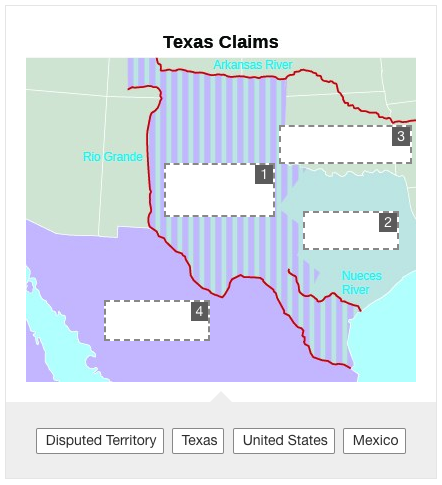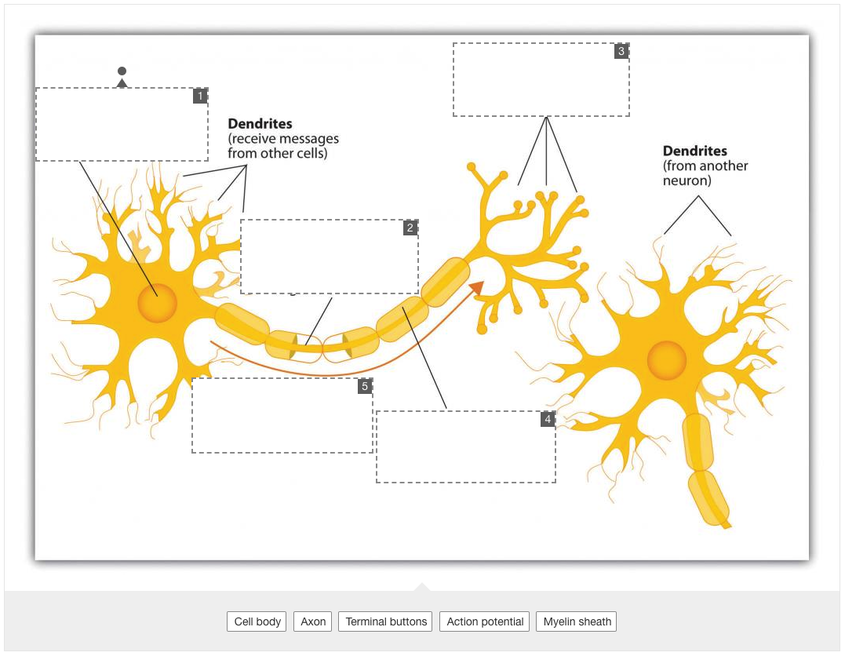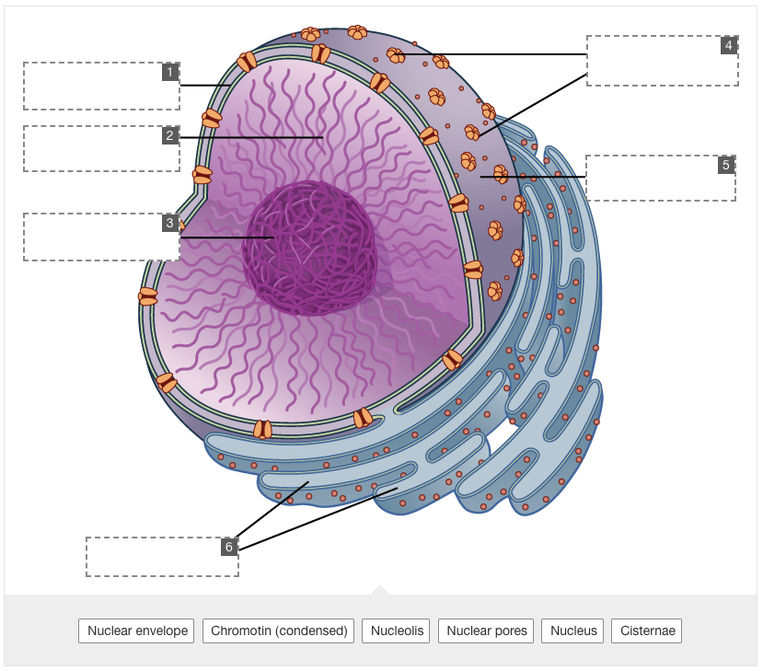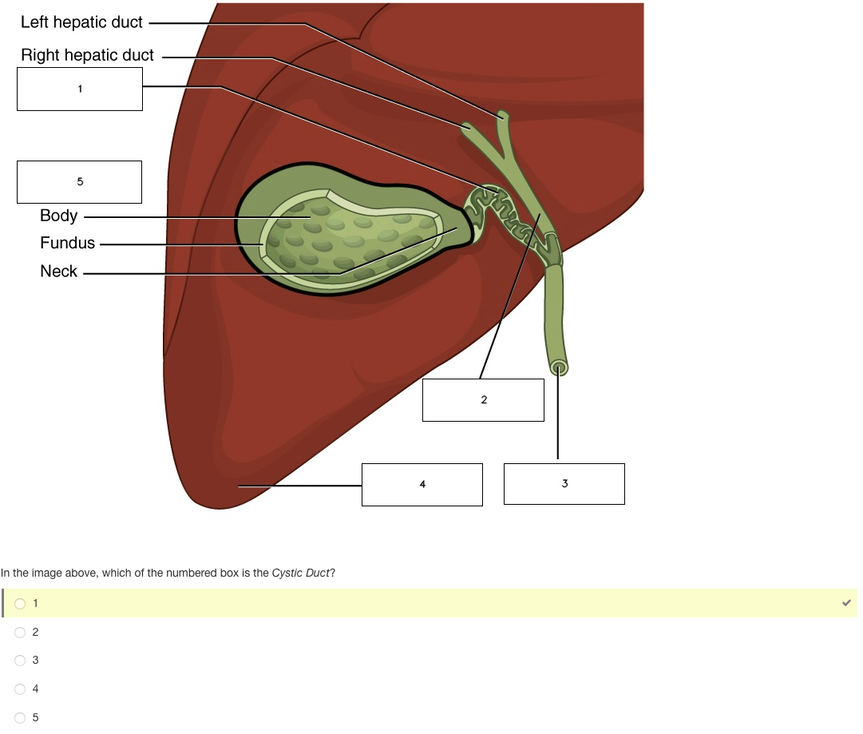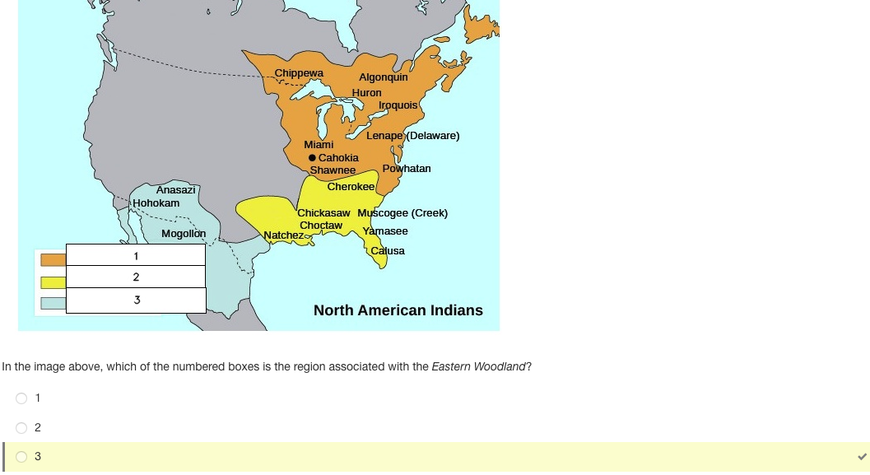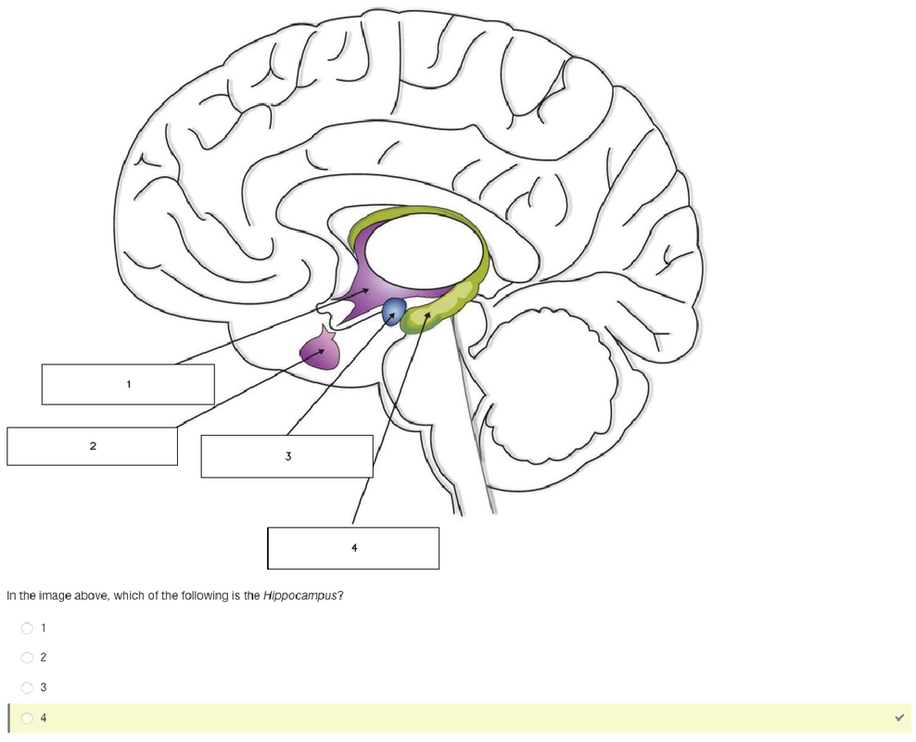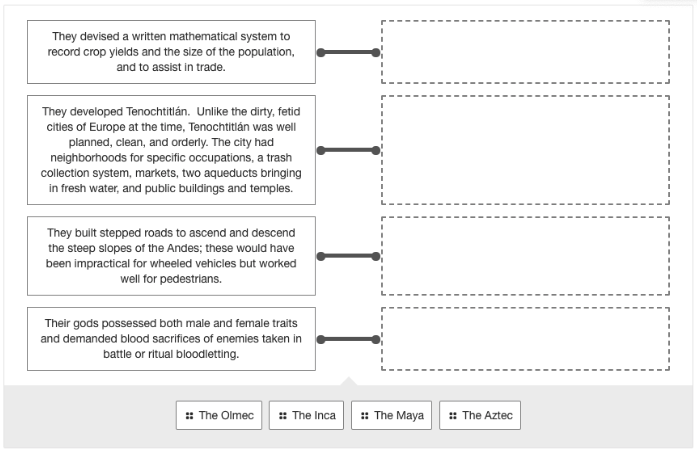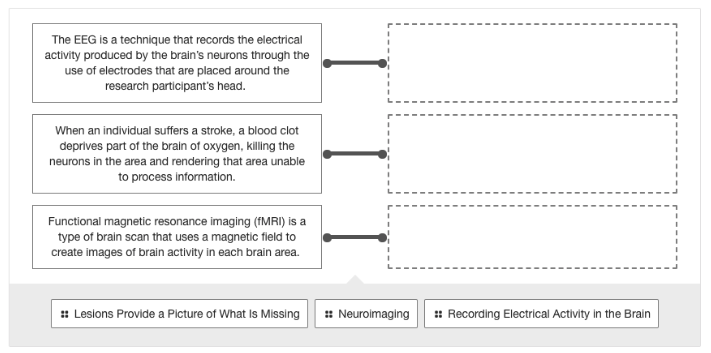Example Items
AI Testbanks parses every sentence, figure, and table within a text to create the maximum amount of quality questions. Subject matter experts then use efficient web tools to review, refine, and save the best items.
All of AI Testbanks items are designed to test meaningful concepts with rigor and variety.
All items are automatically tagged to learning objectives or standards, Bloom's taxonomy levels, and rationale/excerpts. Scroll down to review a few of our question types.
All of AI Testbanks items are designed to test meaningful concepts with rigor and variety.
All items are automatically tagged to learning objectives or standards, Bloom's taxonomy levels, and rationale/excerpts. Scroll down to review a few of our question types.


